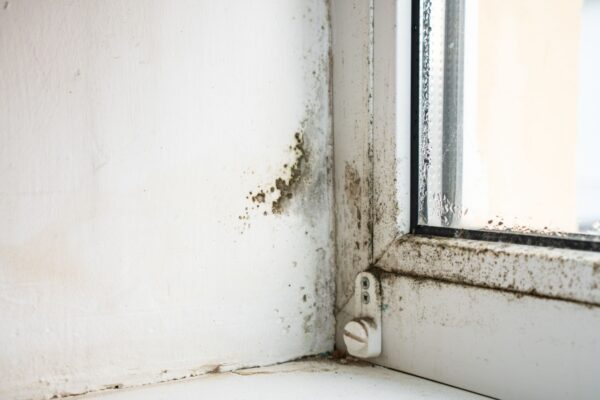As temperatures continue to rise, the threat of heat-related illnesses and fatalities in workplaces becomes increasingly pronounced. Acknowledging this pressing concern, the Occupational Safety and Health Administration (OSHA) has embarked on a crucial mission to formulate a comprehensive Heat Injury and Illness Prevention standard for both outdoor and indoor work settings.
Recent developments underscore the agency’s commitment to addressing this issue effectively.
Recent Developments
On August 24, 2023, OSHA took significant strides in its heat illness prevention rulemaking endeavor by releasing various options for inclusion in a proposed rule. This release coincided with the initiation of the Small Business Regulatory Enforcement Fairness Act (SBREFA) process, wherein OSHA announced a series of videoconferences with Small Entity Representatives (SERs) from September 7 through September 18, 2023.
During these videoconferences, OSHA seeks input from SERs on identifying the least burdensome and most feasible ways for small businesses to protect workers from dangerous heat while aligning with OSHA’s statutory and regulatory objectives. Proposed options include the creation and maintenance of a written Heat Injury and Illness Prevention Program (HIIPP), with exemptions for employers with ten or fewer employees.
Furthermore, OSHA contemplates measures such as heat hazard identification through weather monitoring or heat index measurements, triggering specific employer obligations based on established thresholds. These obligations may encompass a combination of engineering and administrative control measures, including the provision of cool-down areas, increased air movement, and administrative controls like providing ample water and rest breaks.
OSHA’s Rulemaking Effort
OSHA’s recent actions build upon its formal rulemaking process, which commenced almost two years ago with the publication of an Advanced Notice of Proposed Rulemaking (ANPRM) titled “Heat Injury and Illness Prevention in Outdoor and Indoor Work Settings” on October 27, 2021. The ANPRM sought public input on a wide array of topics related to heat injury and illness prevention, acknowledging heat as the leading cause of death among all weather-related phenomena.
Moreover, OSHA’s consideration of existing state OSHA plan heat illness prevention standards, particularly California’s robust regulations, highlights the agency’s commitment to leveraging established best practices. The agency’s ongoing engagement with stakeholders and the incorporation of their feedback underscore its dedication to crafting effective and pragmatic regulations.
Employer Preparedness
In light of these developments, employers must proactively assess their existing heat illness prevention programs and anticipate potential challenges posed by forthcoming regulations. Small businesses, in particular, are encouraged to participate in OSHA’s SBREFA videoconferences to provide critical feedback and influence the crafting of the proposed heat illness rule.
Recognizing that adherence to proposed terms will heavily depend on human factors, such as acclimatization and proper protocol adherence, employers must prioritize employee training and education on heat stress identification and prevention.
Final Thoughts
OSHA’s ongoing efforts in heat injury and illness prevention underscore its commitment to safeguarding workers in diverse work environments. By soliciting input from stakeholders, leveraging existing best practices, and prioritizing worker safety, OSHA aims to develop a robust and effective Heat Injury and Illness Prevention standard.
As employers navigate these evolving regulations, proactive engagement, comprehensive training, and a commitment to worker well-being will be paramount in mitigating the risks posed by heat exposure in the workplace.
Material posted on this website is for informational purposes only and does not constitute a legal opinion or medical advice. Contact your legal representative or medical professional for information specific to your legal or medical needs.



